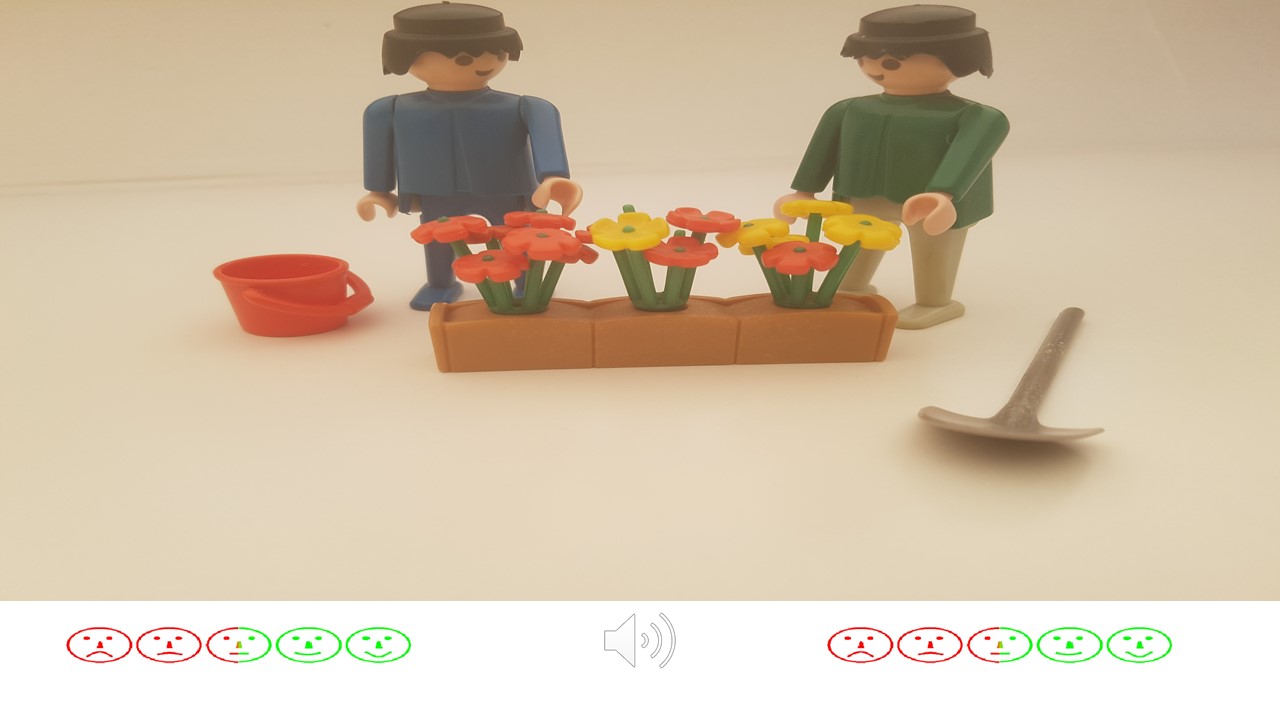In der Zeitschrift Language Learning ist gerade ein neuer Artikel erschienen:
Torregrossa, J., Eisenbeiß, S., & Bongartz, C. (2023). Boosting bilingual metalinguistic awareness under dual language activation: Some implications for bilingual education. Article accepted in Language Learning on 9 September 2022.
Der Artikel entstand in einem Forschungsprojekt an der Universität zu Köln und kann kostenlos heruntergeladen werden: https://doi.org/10.1111/lang.12552. Im heutigen Blogbeitrag findet man:
- eine kurze deutsche Zusammenfassung der Kernaussagen,
- eine etwas ausführlichere englische Zusammenfassung sowie
- einen persönlichen Sprachspinat-Tipp.
Deutsche Zusammenfassung
In diesem Artikel wird eine Studie beschrieben, die untersucht, ob Kinder besser über Sprache nachdenken können, wenn sie ihre Herkunftssprache und ihre Schulsprache gemeinsam verwenden können. Im Mittelpunkt der Studie standen die metasprachlichen Fähigkeiten der Kinder, also ihre Fähigkeit, Sprache bewusst zu reflektieren, gemessen in der Schulsprache. Griechisch-italienische zweisprachige Kinder mussten Grammatikfehler in italienischen Sätzen erkennen und erklären. Die Kinder schnitten besser ab, wenn sie diese Aufgabe im zweisprachigen Modus bearbeiten konnten, das heißt, wenn sie die italienischen Sätze und ihre griechischen Entsprechungen lasen und nicht nur italienische Sätze bzw. Paare von italienischen Sätzen bewerten sollten. Dies deutet darauf hin, dass die Aktivierung ihrer anderen Sprache(n) bei metasprachlichen Aufgaben Kinder nicht verwirrt, sondern ihnen eher zugute kommt.
Englische Zusammenfassung:
What this research was about and why it is important
This study contributes to an ongoing debate: Do children’s abilities in the school language benefit from the use of the home language(s) in the classroom or should the home and school language(s) be kept separate to avoid confusion? The study focused on children’s metalinguistic abilities, that is, their ability to consciously reflect on language, as assessed in the school language. Greek–Italian bilingual children had to notice and explain grammatical errors in Italian sentences. Children performed better in the bilingual mode, that is, when they read the Italian sentences and their Greek counterparts, than in the monolingual mode, that is, when they rated only (pairs of) Italian sentences. This suggests that activation of their other language(s) in metalinguistic tasks does not confuse children but rather benefits them. It also supports bilingual approaches to teaching.
What the researchers did
- 33 Greek–Italian bilingual children (8–11 years) were tested in a multilingual school in Greece. Italian was the main medium of instruction and a language subject. Greek was as an additional language (5 hrs/week).
- 19 children acquired Italian and Greek from birth; six children first encountered Italian in kindergarten (age 3); 6 children learned it in elementary school (age 6). Parents answered questions about language exposure.
- Children heard and rated grammatical and ungrammatical Italian sentences for acceptability using a child-friendly rating scale with five emoticon faces (from very happy to very sad). Children also explained what they thought was wrong with the sentences that they found unacceptable. All sentences had matching pictures.
- The Italian sentences were presented in three conditions: (a) single sentences in Italian (either grammatical or ungrammatical), (b) pairs of ungrammatical Italian sentences and their grammatical Italian counterparts, and (c) grammatical (or ungrammatical) Italian sentences with a grammatical (or ungrammatical) Greek translation.
- Children’s grammatical processing abilities were assessed in a sentence-repetition task where they comprehended, memorized, and produced sentences.
What the researchers found
- Children were better at noticing and explaining grammatical errors in the bilingual mode, that is, when their other language was activated, than in the monolingual mode where only one language was used.
- When they explained errors, children with lower processing abilities in Italian benefited more from the bilingual mode.
Things to consider
- We need larger studies to determine potential effects of the length of children’s exposure to their language(s).
- The positive effects of the bilingual mode are in line with studies that have demonstrated positive effects of bilingual pedagogies on children’s literacy skills.
Materials
Materials are publicly available via OSF (https://osf.io/kfqy4) and IRIS (http://www.iris-database.org),
How to cite this summary
Eisenbeiß, S., Torregrossa, J., & Bongartz, C. (2022). Are children better at reflecting about language when they can use their home and their school language together? OASIS Summary of Torregrossa et al. (2023) in Language Learning. https://oasis-database.org
This summary has a CC BY-NC-SA license.
Mein persönlicher Sprachspinat-Tipp
Wer sich die Abbildung 2 (Figure 2) des Aufsatzes anschaut, kann sehen, dass ich hier in einem Team arbeiten durfte, das gerne Sprache, Spiel und Natur zusammenbringt.Bei unserem nächsten gemeinsamen Projekt geht es um ein Spiel mit einem Äffchen und Superfruchtbäumen, die dem Äffchen ganz spezielle Superkräfte verleihen, wenn es ihre Früche isst. Außerdm planen wir Events mit Kräutern von der Wortform-Pflanzenliste aus dem Sprachspinatgarten. Über beides werde ich hier berichten. Wer schon mal ein paar spielerische Sprachaktivitäten kennenlernen möchte, die mit dieser Pflanzenliste gestaltet werden können, kann sich Blogbeiträge mt dem Tag „WoFoPf“ anschauen.

 Bilder aus einer Untersuchung des mehrsprachigen Grammatikerwerbs
Bilder aus einer Untersuchung des mehrsprachigen Grammatikerwerbs